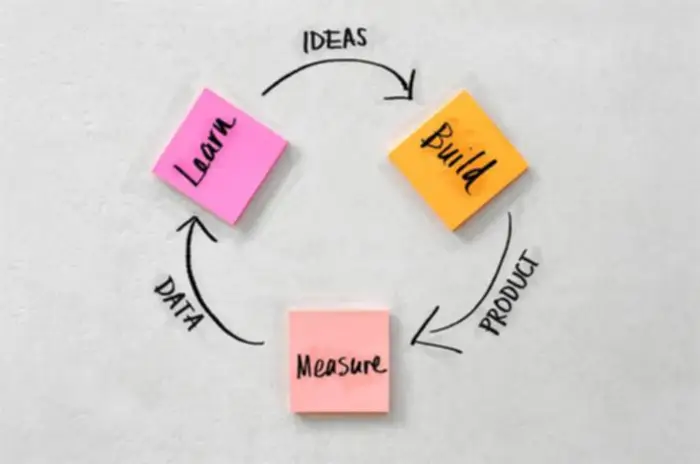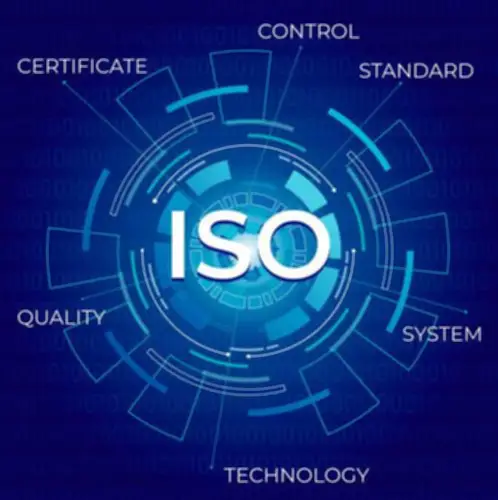Use the above information to determine which methodology you need to use along side your SDLC for the best results. The new seven phases of SDLC embody planning, evaluation, design, improvement, testing, implementation, and maintenance. It’s advantageous for large initiatives since improvement teams can create very personalized merchandise and incorporate any acquired feedback comparatively early within the life cycle. Related questions embody whether or not the newly carried out system meets requirements and achieves project targets, whether the system is usable, reliable/available, correctly scaled and fault-tolerant.

See tips on how to make the shift-left testing approach work on your team and explore how experts run shift-left and shift-right testing. As A Result Of project, program and portfolio administration are associated however represent distinct disciplines, you should know the duties and goals of every as properly as how they differ. Even so, some estimate is often better than no estimate in any respect, as a result of it helps with the planning of different elements of the project, together with scope and assets. In the larger context of administration information methods or MIS, SDLC helps managers design, develop, test, and deploy info techniques to fulfill target objectives.

Sticking to tips https://www.globalcloudteam.com/ such because the OWASP Prime 10 additional helps us address widespread threats like SQL injection and cross-site scripting (XSS). After a strong design is in place, improvement begins with safe coding practices. With security necessities firmly established, the main target shifts to making a safe system design, so let’s talk about it next. Guides the development group through the complete process, from concept to post-deployment assist. Evaluate your project needs carefully and align the SDLC model together with your goals for long-term success.
The DevOps cycle consists of continuous growth, integration, testing, monitoring, and suggestions, with every section utilizing specific tools and technologies to facilitate the method. Whereas SDLC is especially valuable for big, advanced tasks, it is equally relevant to small and medium-sized initiatives. Even easy purposes profit from a structured approach to planning, growth, and testing. The DevOps Mannequin is a tradition and set of practices that combine software growth (Dev) and IT operations (Ops). The goal is to shorten the software program delivery cycle and enhance product quality through automation, collaboration, and steady suggestions.
Design Patterns
- Even when an enterprise makes use of the same strategies, totally different project instruments and strategies can differ dramatically.
- As organizations seek to innovate and convey functions to market quickly, the principles of RAD offer a compelling answer within the ever-evolving panorama of technology.
- If an application ran in a container efficiently during the testing stage, groups can anticipate it to operate correctly during deployment as well.
- While all the steps of the process are important, the event step is the place the system is physically constructed.
- Architecture, and enterprise architecture, and depends closely on ideas such as partitioning, interfaces, personae and roles, and deployment/operational modeling to arrive at a high-level system description.
This complete framework, with its varied SDLC phases, ensures that from the preliminary design to the maintenance stage, every detail is accounted for. Successful and responsive software takes months to develop, however it can take much more time if all seven levels of the SDLC have not been executed correctly. Although the phases might range in every specific project, the logic behind the mannequin stays the same. Core to the SDLC is its structured method as a project administration mannequin, which ensures that the ultimate product meets customer expectations, whereas danger management is embedded all through to mitigate potential setbacks. This systematic progression via phases provides predictability and control in software improvement. The Iterative SDLC models presents a dynamic and adaptive approach to software growth, aligning with the industry’s demand for flexibility and efficiency.
In fact, some descriptions of the stages of the SDLC treat evaluation and design as a single phase. Nonetheless, as a outcome of evaluation focuses extra on technical necessities, while design focuses on UX, builders should separate these processes into two levels. With its customizable spreadsheet interface and highly effective collaboration features, Smartsheet permits for streamlined project and course of management. Use Smartsheet’s SDLC with Gantt template to get started rapidly, and assist manage the planning, growth, testing, and deployment levels of system growth. Create a timeline with milestones and dependencies to track progress, and arrange automated alerts to inform you as anything changes.

🧱 The 7 Phases Of The Software Development Life Cycle (expanded)
This work contains the specification of interfaces between the system and its supposed setting, and a complete analysis of the methods logistical, upkeep and assist necessities. The element design and growth is liable for producing the product, course of and material specs and should result in substantial modifications to the development specification. Systems evaluation and design (SAD) could be thought-about a meta-development exercise, which serves to set the stage and sure Chatbot the problem. Structure, and business structure, and depends closely on ideas such as partitioning, interfaces, personae and roles, and deployment/operational modeling to arrive at a high-level system description.
The Large Bang model doesn’t require lots of planning—the staff conducts a necessities analysis and carries out the development and design processes based mostly on its understanding. This model is relevant only for small initiatives as a outcome of excessive danger and uncertainty. As soon as the testing stage is over, it’s excessive time to combine the data system into the environment, install it, and present the outcome to the top user. “Let’s start using what we’ve got.” This step contains feedback from end users. Relying on their feedback, the builders have to make adjustments and changes.
By embracing incremental progress, continuous analysis, and stakeholder engagement, growth teams can ship high-quality software program that meets evolving user necessities. As organizations navigate the advanced landscape of software program growth, the Iterative SDLC mannequin stands as a valuable methodology for reaching success in a rapidly changing surroundings. The SDLC performs a pivotal position in attaining the dual objectives of perfection and flexibility in software development. Through its iterative process, SDLC allows for continuous refinement and enhancement, making certain that the ultimate product is as near perfection as attainable. Simultaneously, its flexibility allows groups to adapt to adjustments in project scope, user necessities, and expertise trends, making certain that the software program remains relevant and effective. By balancing these objectives, SDLC facilitates the creation of strong, adaptable software options.
Implementing an SDLC is most effective when supported by finest practices that promote steady improvement and teamwork. Without a secure design, even a well-built system can have weaknesses that attackers can exploit. This phase is essential for addressing those weaknesses and creating a system that effectively supports ongoing safety efforts. In a cloud-based system, we apply these ideas utilizing a multi-tier architecture. We separate system parts, divide the network into segments to restrict access, and use sturdy encryption protocols to safeguard information.
How Is System Development Life Cycle Totally Different From System Design Life Cycle?
Groups can implement the seven levels of the SDLC using a wide range of completely different software program growth fashions – meaning design methods that information implementation and organize every set of modifications to the applying. It is at this point that the actual customers begin to work with the system in a take a look at surroundings while an skilled in high quality management displays how well the system meets the goals set out throughout planning. This step will proceed till all problems or shortcomings are recognized and corrected. The background insurance policies and procedures that ensure the integrity of the data may also be tested and reviewed to confirm that the brand new system complies with all company and authorities necessities. When they’ve determined what needs to be carried out and what standards should be met by the model new system, the team members will begin system design.
An output artifact does not need to be utterly defined to serve as enter of object-oriented design; analysis and design may happen in parallel. In apply the results of one exercise can feed the opposite in an iterative course of. In the Analysis phase, the focus is on understanding and documenting the system’s requirements. This entails gathering input from stakeholders, reviewing current processes, and identifying the system’s wants. The data collected types the premise for growing a system that addresses both user the systems development life cycle expectations and organizational challenges. The DevOps cycle consists of various levels that merge development and operations, allowing for steady software delivery.